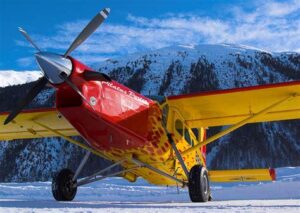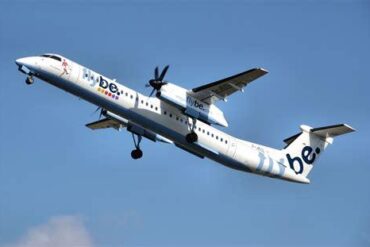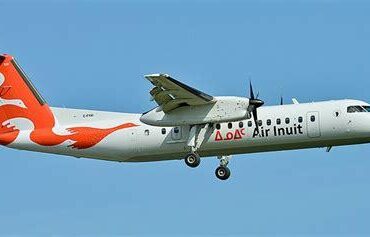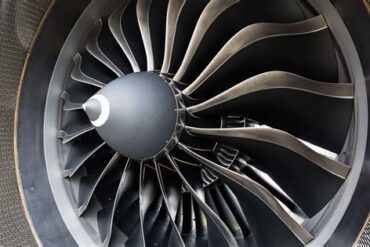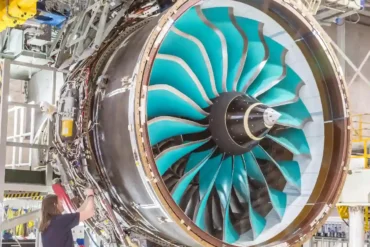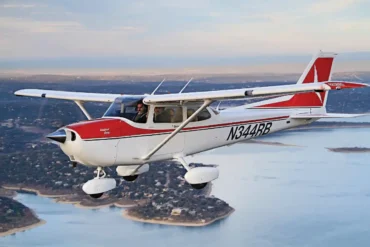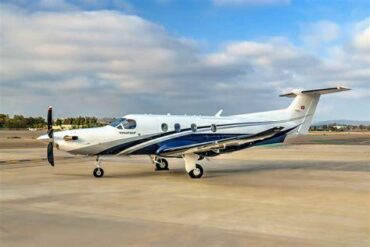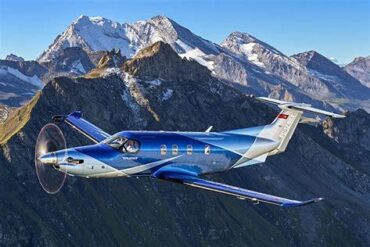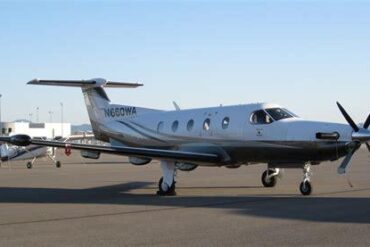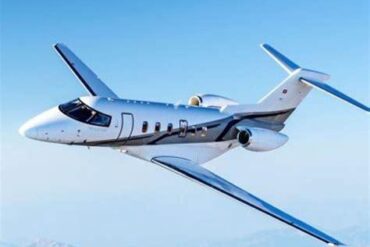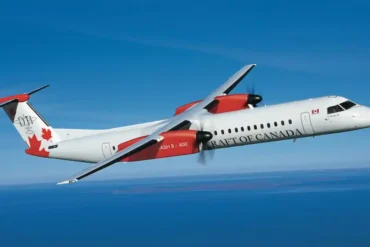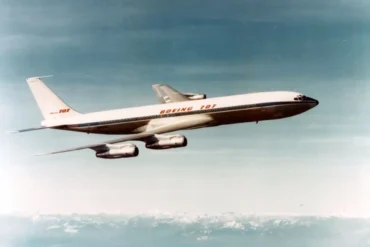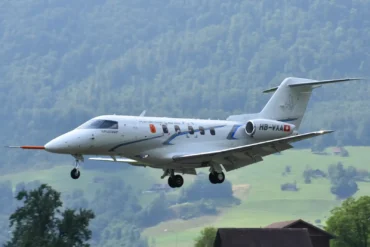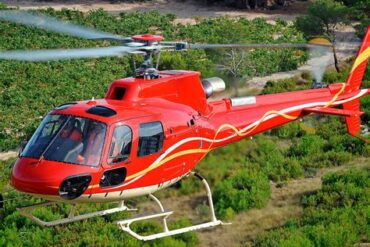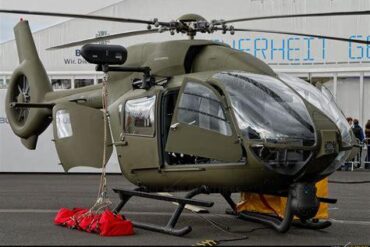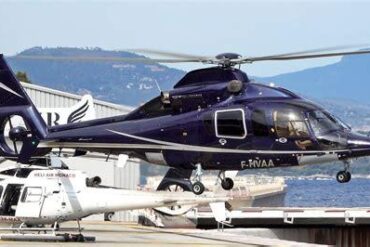The Pilatus PC-6 Dash 27 is a remarkable aircraft known for its versatility and robust performance. As we delve into the engine price and operating costs, it is essential to understand the factors influencing these expenses, ensuring that potential buyers and operators make informed decisions.
Overview of the Pilatus PC-6 Dash 27
The Pilatus PC-6 series, particularly the Dash 27, has established itself as a cornerstone in the aviation world. Its turboprop engine delivers exceptional power, making it suitable for a variety of missions, including cargo transport, skydiving, and aerial survey work. The PC-6’s design emphasizes ruggedness and reliability, attributes that have made it a favorite among operators worldwide.
Engine Specifications
At the heart of the PC-6 Dash 27 is the Pratt & Whitney PT6A-27 engine, a product renowned for its dependability and performance. This engine is a turboprop configuration, which combines the efficiency of a turbine with the practicality of a propeller-driven aircraft. The PT6A-27 boasts:
-
Power Output: Approximately 750 shaft horsepower (SHP)
-
Propeller Type: Typically equipped with a Hartzell or McCauley propeller, designed for optimal performance under various conditions.
-
Fuel Type: The engine operates on Jet A or Jet A-1 fuel, widely available at airports.
The combination of these specifications contributes to the PC-6 Dash 27’s outstanding performance in diverse environments, from remote airstrips to challenging terrains.
Initial Purchase Price of the PC-6 Dash 27
When considering the purchase of a Pilatus PC-6 Dash 27, one must account for the initial acquisition costs. The price can vary significantly based on several factors, including the aircraft’s condition, age, and any modifications made. On average, the purchase price for a used PC-6 Dash 27 ranges from $600,000 to $1.2 million. Factors influencing this price include:
-
Year of Manufacture: Newer models tend to command higher prices due to updated technology and improvements in fuel efficiency.
-
Aircraft Condition: Well-maintained aircraft with complete maintenance records will fetch a premium.
-
Modifications and Upgrades: Features such as advanced avionics, cargo doors, and enhanced safety systems can increase the purchase price.
Operating Costs Breakdown
Once the Pilatus PC-6 Dash 27 is in operation, understanding the ongoing operating costs is crucial for budgeting and financial planning. These costs can be categorized into several areas:
Fuel Costs
The fuel consumption of the PT6A-27 engine is a significant factor in overall operating expenses. Typically, the PC-6 Dash 27 consumes approximately 40 to 50 gallons per hour (GPH) of Jet A fuel, depending on flight conditions and load factors. Given current market prices for Jet A, which can fluctuate around $4.00 to $6.00 per gallon, operators can expect:
-
Hourly Fuel Cost: Approximately $160 to $300 per hour.
-
Annual Fuel Cost: For an operator flying around 500 hours per year, the total fuel expense could range from $80,000 to $150,000.
Maintenance Costs
Routine maintenance is critical to ensuring the safety and reliability of the PC-6 Dash 27. Maintenance costs can vary widely, but a general estimate for annual maintenance expenses ranges from $25,000 to $50,000. This includes:
-
Regular Inspections: Compliance with FAA regulations requires periodic inspections, which can be costly.
-
Engine Overhaul: The PT6A engines generally require an overhaul every 3,600 to 4,000 hours, costing approximately $200,000 to $300,000.
-
Parts and Labor: Costs associated with routine parts replacement and labor for service technicians.
Insurance Costs
Another vital aspect of operating the PC-6 Dash 27 is insurance. Depending on the operator’s experience, flight hours, and geographical location, insurance premiums can vary. On average, operators might expect to pay between $10,000 to $20,000 annually for liability and hull coverage.
Hangar and Storage Fees
When not in use, the PC-6 Dash 27 will require proper storage. Hangar fees can differ based on location and availability, but operators should budget approximately $5,000 to $15,000 per year for hangar space, especially in metropolitan areas where space is at a premium.
Crew Costs
If the aircraft is operated commercially, crew costs must also be factored in. This includes salaries, training, and benefits for pilots and maintenance staff. Annual crew expenses can average $100,000 to $200,000, depending on the number of crew members and their experience levels.
Total Operating Cost Estimation
To provide a clearer picture, we can summarize the estimated annual operating costs for the Pilatus PC-6 Dash 27:
-
Fuel Costs: $80,000 – $150,000
-
Maintenance Costs: $25,000 – $50,000
-
Insurance Costs: $10,000 – $20,000
-
Hangar Fees: $5,000 – $15,000
-
Crew Costs: $100,000 – $200,000
Total Estimated Operating Costs: $220,000 to $435,000 annually
This comprehensive estimate allows prospective operators to gauge the financial commitment required to maintain the aircraft effectively.
Comparative Analysis
When evaluating the Pilatus PC-6 Dash 27 against similar aircraft, it’s essential to consider both performance and cost. Compared to other turboprop aircraft in its class, the PC-6 often offers:
-
Lower Acquisition Costs: While some competitors may have lower operating costs, the initial investment in a PC-6 can be more attractive.
-
Versatility: The PC-6 is celebrated for its short takeoff and landing capabilities (STOL), making it suitable for operations in remote locations where others may struggle.
-
Resale Value: Due to its reputation and demand, the PC-6 retains its value well, making it a sound investment in the long term.
Conclusion
The Pilatus PC-6 Dash 27 stands as a formidable option for various aviation needs, from cargo transport to specialized missions. Understanding the engine price and operating costs is crucial for any potential buyer or operator. With its blend of performance, reliability, and versatility, the PC-6 Dash 27 remains a top choice in the turboprop market, offering significant value over its operational lifespan. By carefully considering all associated costs, operators can ensure they maximize their investment while enjoying the unique capabilities this aircraft offers.
